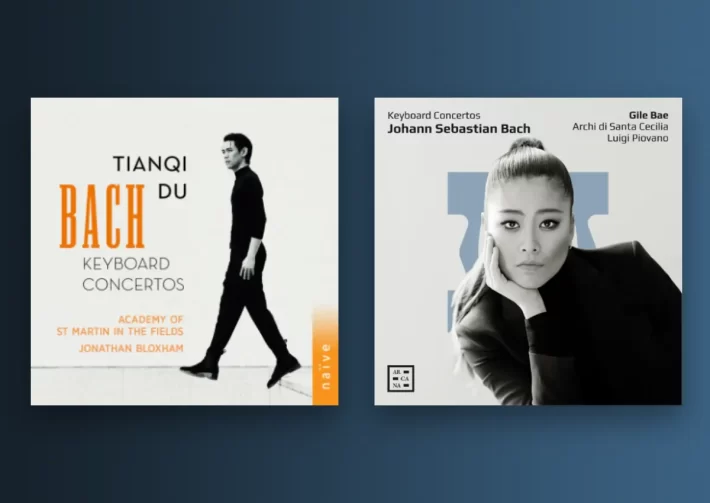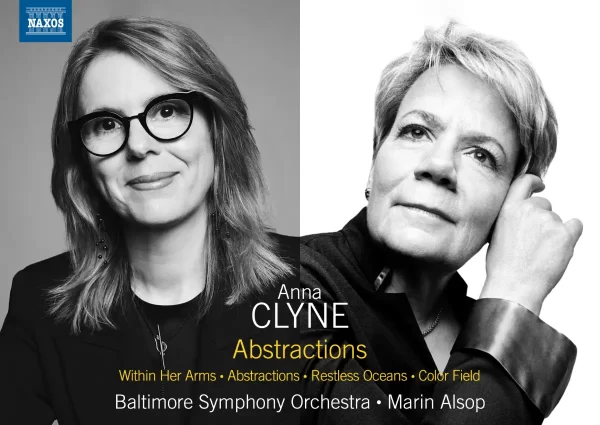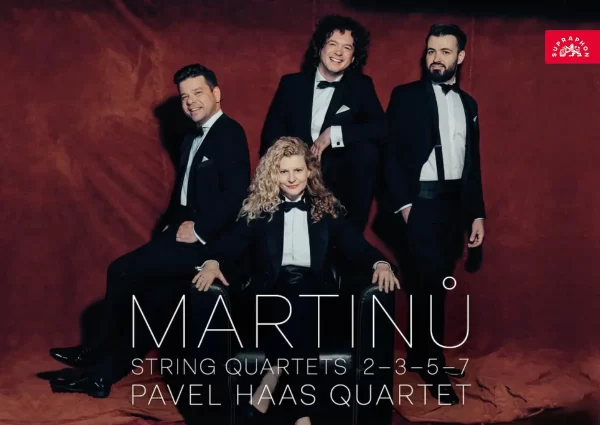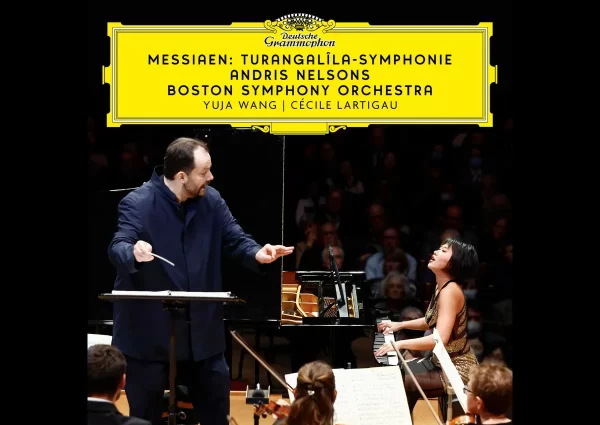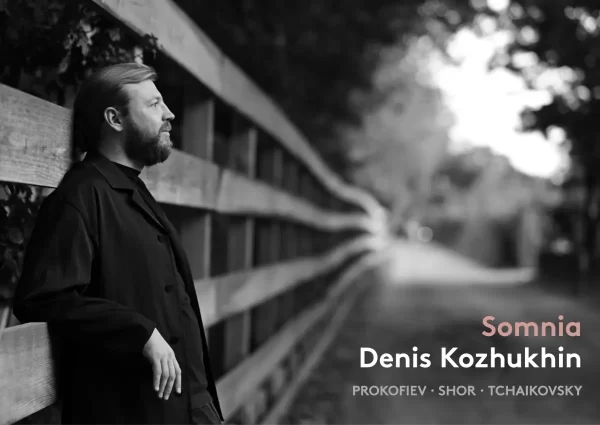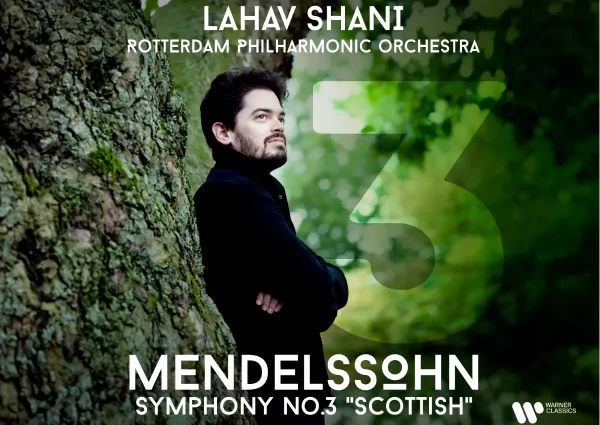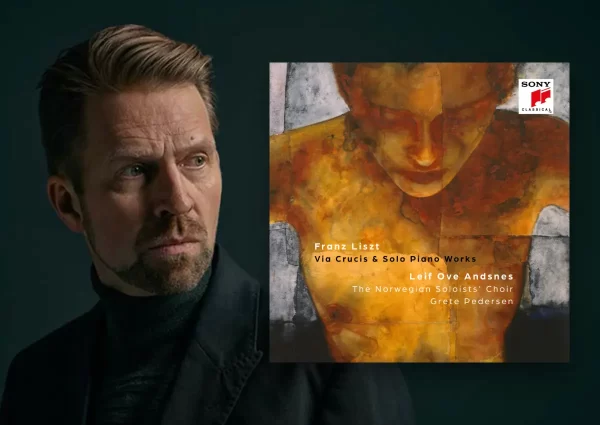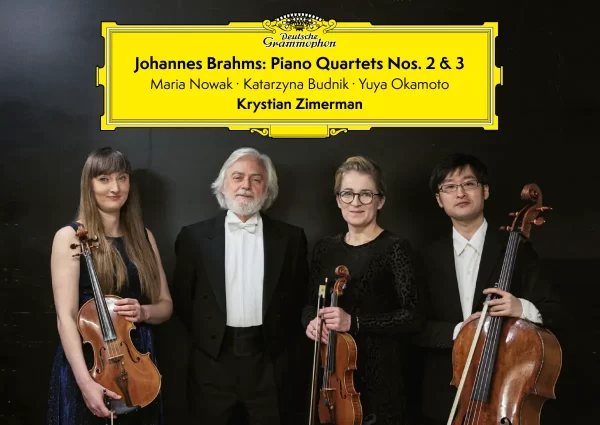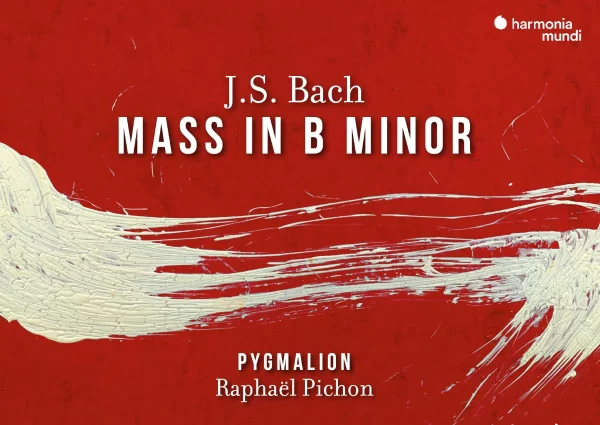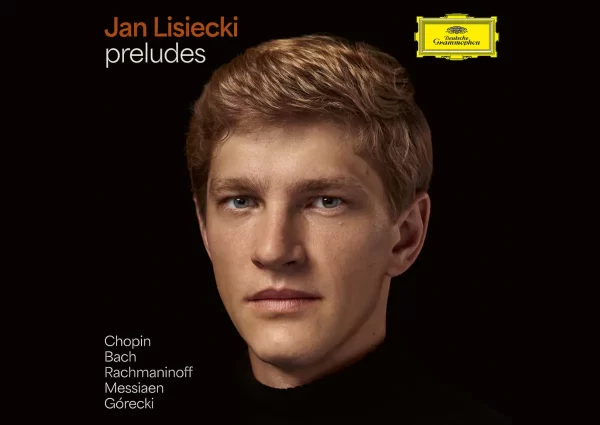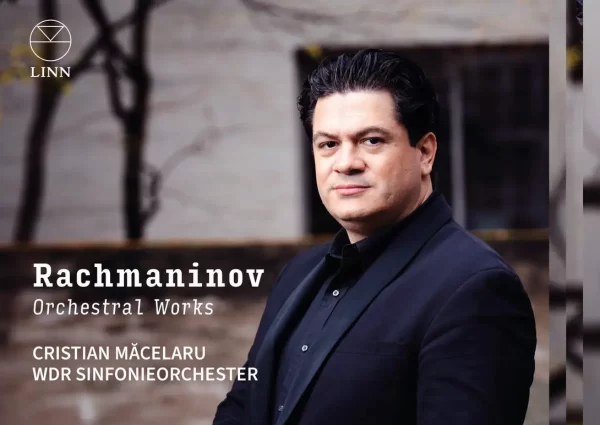These two releases from Tianqi Du and Gile Bae feature J.S. Bach’s keyboard concerti, with an immediately noticeable difference being that Bae offers the full set of five plus a little extra—the Italian Concerto in an orchestrated version by Antonio Piovano. Du omits No. 2 and performs his selections in a different order. Interestingly, both pianist recorded the Goldberg Variations before committing these concertos on record.
Amazon: Bach – Keyboard Concertos – Tianqi Du


